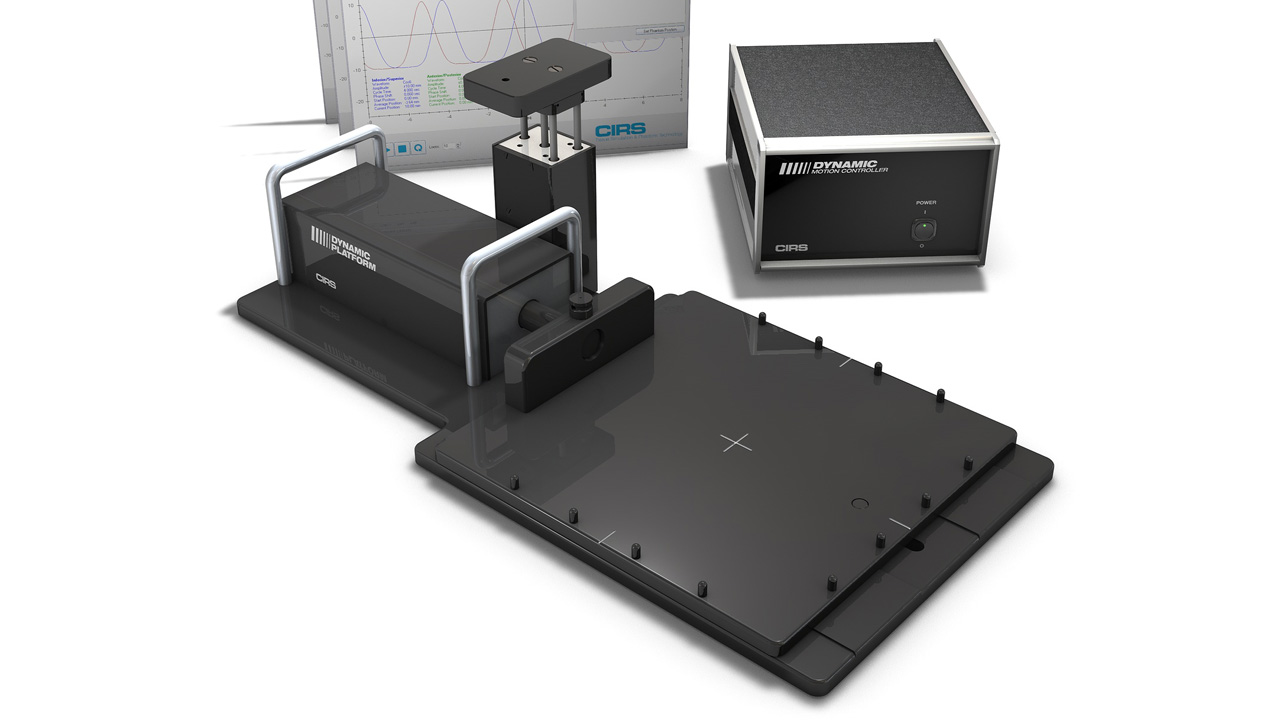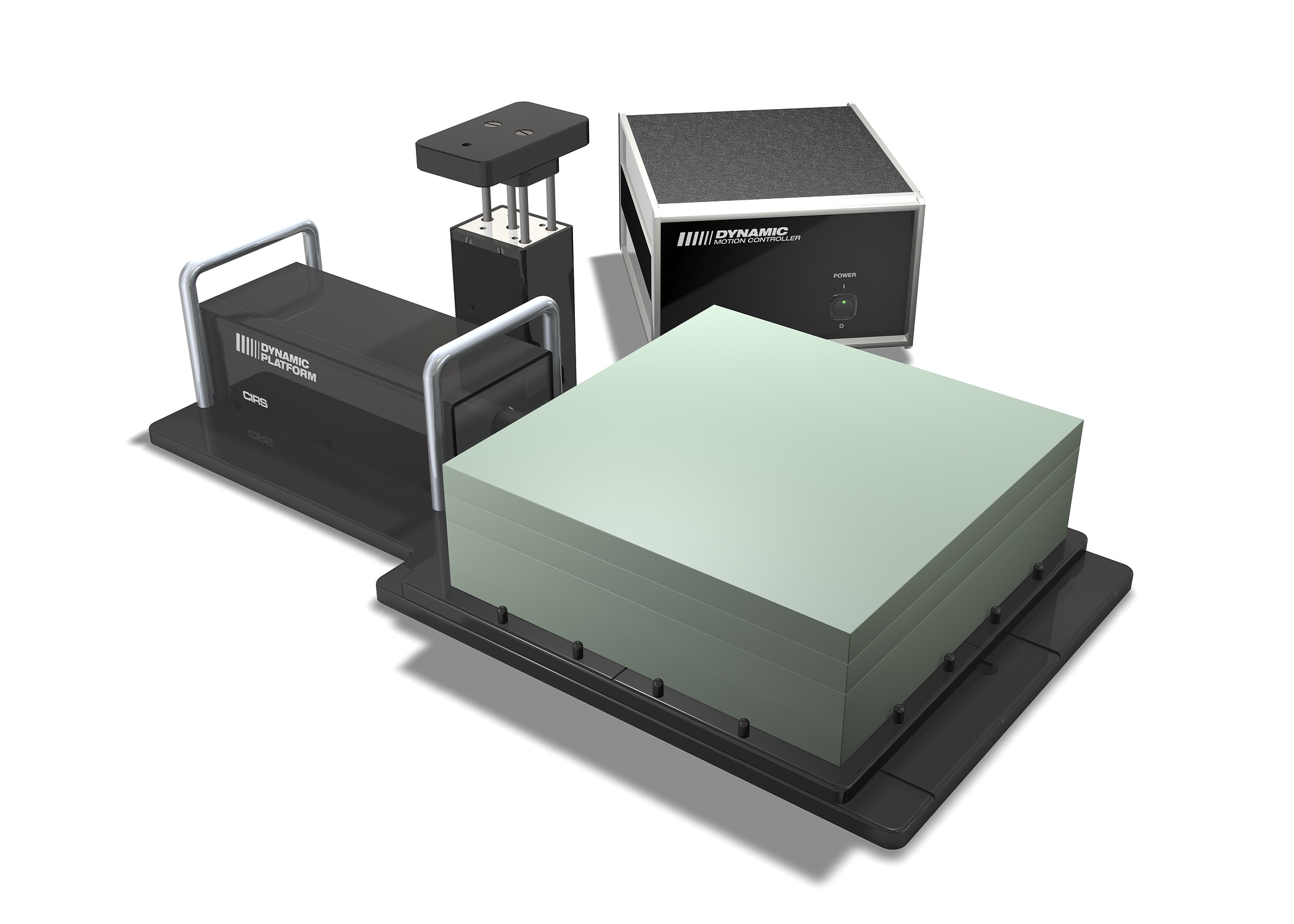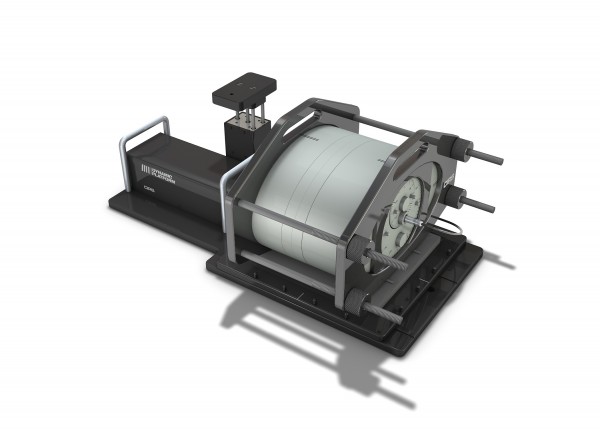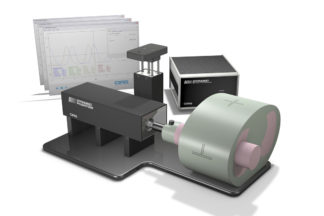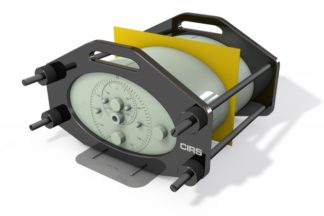PROGRAMMABLE MOTION FOR ANY PLATFORM
The CIRS Dynamic Platform provides an economical, user-friendly solution for the complex tasks associated with tumor motion and patient positioning in radiation therapy.
The platform is made from stiff, low-density plastics. The device enables precisely controlled inferior-superior motion up to 50 mm for any phantom up to 70 lbs. Multiple types of dosimeters and dosimeter arrays can be positioned on the platform and used for dose verification of moving target treatment plan. A removable pin system in the main platform allows consistent placement and fixation of almost any phantom and traditional laser alignment marks enable accurate positioning of the entire device. An independently controlled smaller platform provides posterior-anterior surrogate chest wall motion.
The CIRS Dynamic Platform is operated using CIRS Motion Control Software, a user-friendly graphical user interface that can be installed on any computer running Windows platform.
Features:
- Move any phantom with sub-millimeter accuracy and reproducibility
- Surrogate and phantom motion fully and independently programmable
- Easy transport, set-up and operation
- Motion software enables different cycles, amplitudes and waveforms
- Surrogate breathing platform accommodates numerous gating devices
NOTE: This product or an optional accessory of this product requires a CIRS dosimetry cavity code before an order can be placed. Please refer to the Dosimetry Cavity Codes document to identify the CIRS code for the probe you intend to use with this product.



